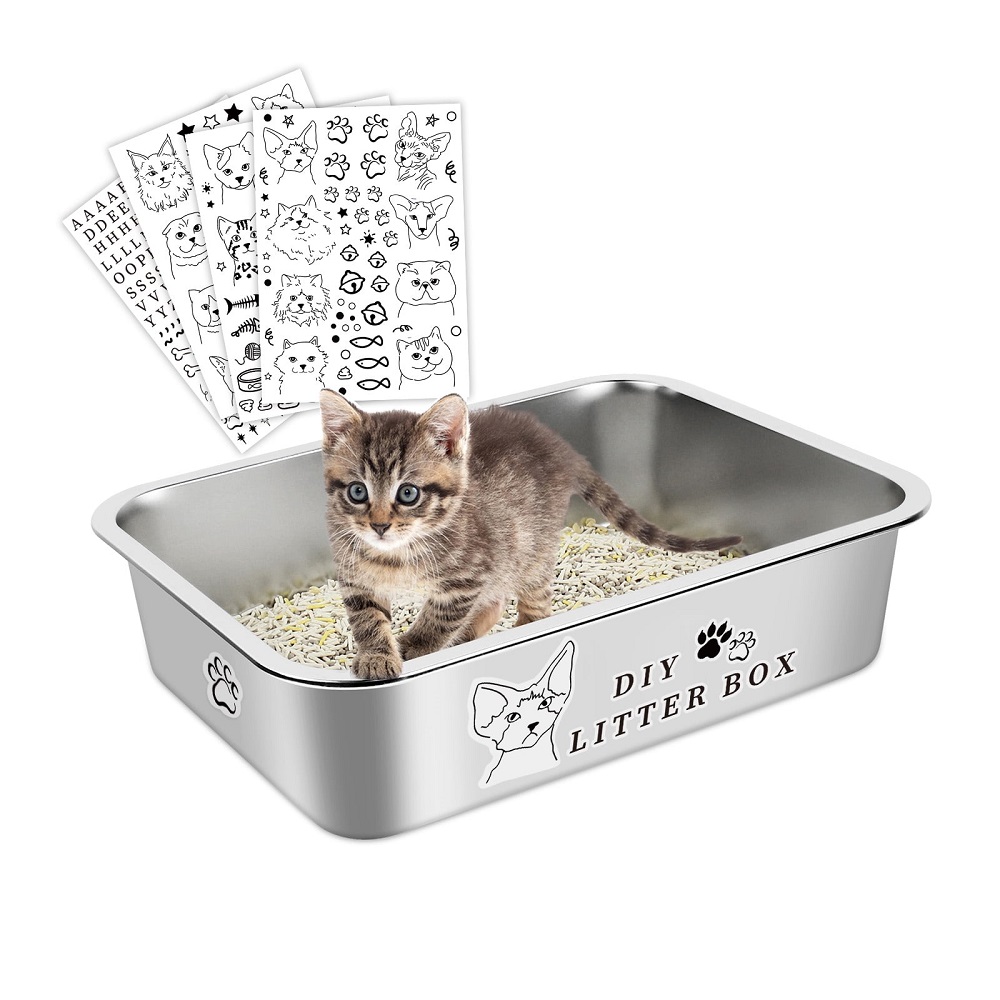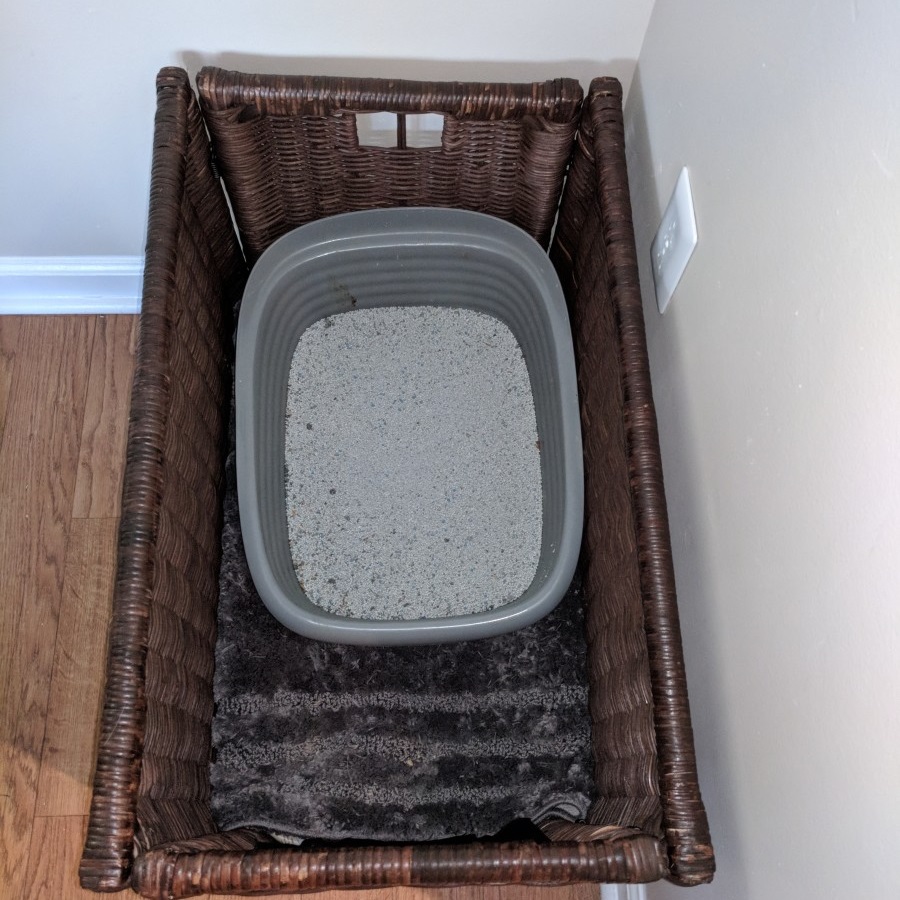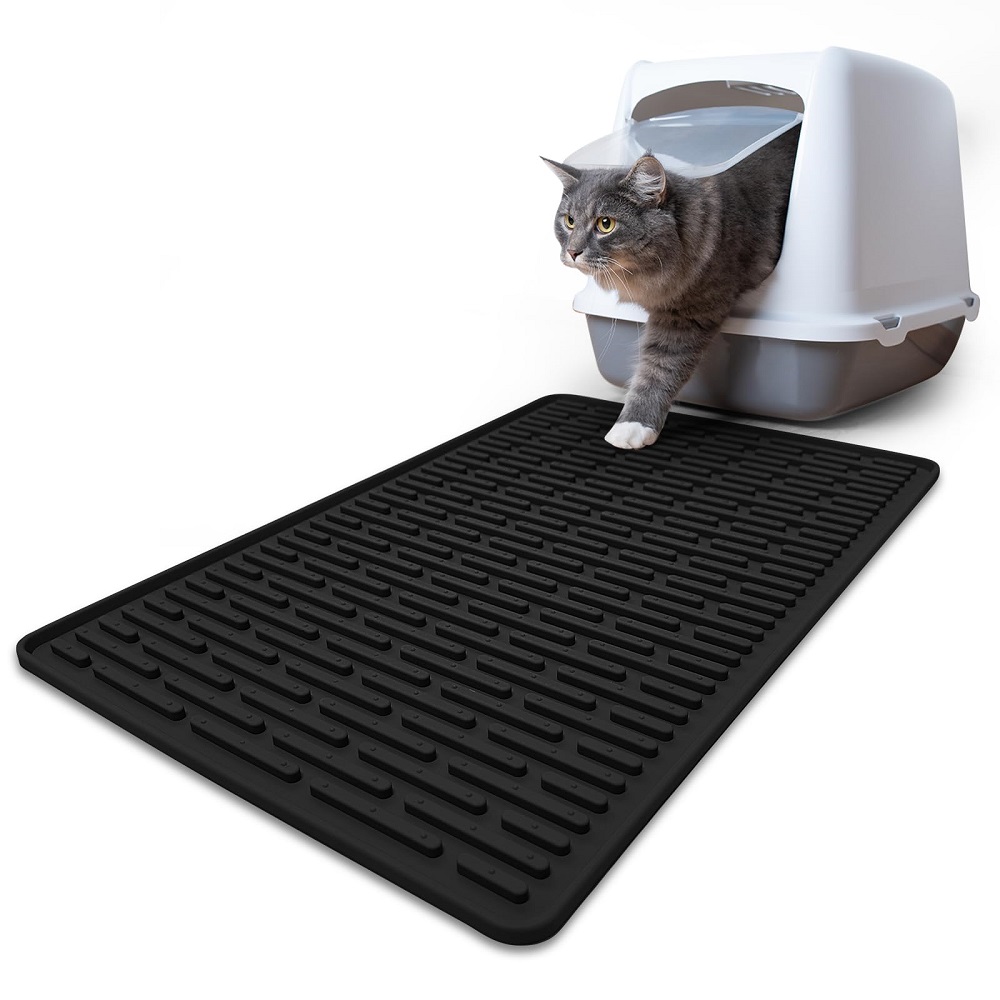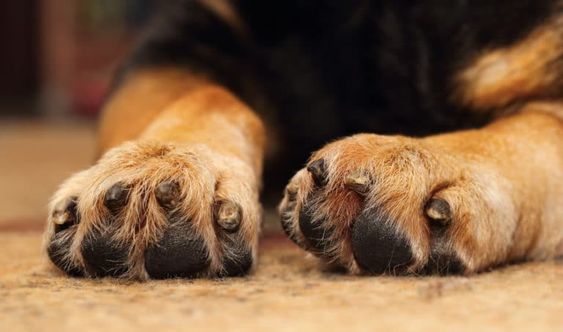Introduction to Cat Litter Tracking
Cat litter tracking is both annoying and common for cat owners. It refers to the scattering of litter particles around the home, usually carried out inadvertently by cats as they exit their litter boxes. Understanding what causes this and its impact is essential for maintaining a clean and pleasant living environment.
Common Causes of Litter Tracking
Several factors contribute to cat litter tracking. Primarily, it occurs when litter particles stick to a cat’s paws or fur after they use their litter box. Active cats that dig or cover their business vigorously tend to make more mess. The type of cat litter used can also influence tracking—some materials are more prone to sticking than others.
Effects of Litter Tracking on Home Cleanliness
Cat litter tracking can significantly affect home cleanliness. It can lead to gritty floors, which are uncomfortable to walk on barefoot and can damage sensitive flooring materials. Additionally, litter spread can cause hygiene issues, making the home environment less sanitary and potentially leading to unpleasant odors. Effective management strategies are crucial to minimize these impacts and maintain a clean and inviting home atmosphere.

Selecting the Right Cat Litter
Selecting the appropriate cat litter is essential to mitigating litter tracking issues. Different types of litter can influence how much litter your cat tracks across your floors. It’s worth exploring various options to find one that suits both you and your cat’s needs while minimizing cleanup.
Benefits of Low Tracking Cat Litters
Low tracking cat litters are specifically designed to reduce the amount of litter that sticks to your cat’s paws and fur. These litters typically have larger, heavier particles that are less likely to be carried out of the box. Choosing a low tracking litter can significantly ease your cleaning efforts and help keep your floors cleaner.
Comparisons of Different Litter Types
There are several types of cat litters available, each with its own pros and cons:
- Clumping Clay Litter: Highly absorbent and easy to scoop, but can stick to paws if too fine.
- Silica Gel Litter: Absorbs moisture well and less likely to track, but can be pricier.
- Biodegradable Litter: Environmentally friendly and often made from materials like wood or corn, which may offer lower tracking.
- Non-Clumping Clay Litter: Generally cheaper but needs more frequent changing and might track more than clumping varieties.
When choosing a litter, consider your personal priorities—whether it’s cost, environmental impact, or the degree of tracking—and experiment with different types to see what works best in keeping cat litter off the floor in your home.
Optimal Placement of Litter Boxes
The right spot for a cat litter box can make a significant difference. Ensure that the litter box is in a low-traffic area to minimize litter being spread around your home. Cats prefer quiet, secluded spots. So, placing the box away from busy areas can prevent tracking and offer privacy for your furry friend.
Avoiding High-Traffic Areas
High-traffic areas increase the likelihood of litter scattering across your floors. This is due to more feet, both human and pet, which can kick up and carry litter particles elsewhere. Place the litter box in a room or a corner that is less frequented to curb this issue. Doing so minimizes the spread of litter and maintains a cleaner living space.
Using Confined Spaces for Litter Boxes
Confined spaces can help contain any litter tossed out of the box during use. A dedicated room, like a laundry room or a spare bathroom, provides an excellent location for litter boxes. Ensure the space is well-ventilated and easily accessible to your cat. By confining the litter box, you’re less likely to find unwanted litter on your home’s floors.
Frequent Cleaning Strategies
Maintaining a clean environment when owning a cat means frequent cleaning around the litter box.
Daily Cleaning Tips
To minimize litter tracking, daily maintenance is crucial. Sweep or vacuum around the litter box at least twice a day. This removes any stray litter particles before they spread. Also, consider keeping a handheld vacuum or dustpan near the litter box for quick clean-ups.
Check and scoop the litter box multiple times a day, especially if you have more than one cat. This not only helps in reducing the smell but also prevents the litter from sticking to your cat’s paws.
Weekly Deep Cleaning Techniques
In addition to daily cleaning, a more intensive weekly clean-up is necessary. Every week, empty the entire litter box. Wash it with soapy water to remove lingering odors and residue. Allow the box to dry completely before refilling it with fresh litter.
Also, it’s helpful to sweep or vacuum the entire room where the litter box is placed. Pay close attention to corners and under furniture where litter may accumulate. This helps maintain a sanitary and pleasant atmosphere in your home.
Innovations in Litter Boxes
Cats are known for being tidy pets. Yet, cat litter tracking remains a problem for cat owners. Innovative litter box designs can help prevent litter from scattering. Let’s explore some key advancements.
Advantages of High-Sided Litter Boxes
High-sided litter boxes make a big difference in reducing litter spread. Here’s how:
- Tall walls: They contain the litter when cats dig or cover their waste.
- Less over-the-edge spills: High walls keep most litter inside the box.
- Encourages careful exit: Cats must jump out, shaking off litter in the box.
These litter boxes can be an easy switch with substantial benefits for keeping floors clean.
The Role of Self-Cleaning Litter Boxes
Self-cleaning litter boxes take convenience a step further. Consider these points:
- Automatic cleaning: They scoop waste without human intervention.
- Reduce litter tracking: Cleaner boxes means less litter sticks to paws.
- Save time: They save cat owners from daily scooping chores.
Combining a self-cleaning mechanism with high-sided design may offer the best defense against litter tracking. These innovative boxes can be a worthwhile investment for a cleaner home.
Utilizing Litter Mats Effectively
A good litter mat can be a game-changer in keeping litter off your floors. Here are some tips for choosing and using litter mats most effectively.
Choosing the Right Mat Size and Material
Consider these points when picking out a litter mat:
- Size Matters: Large mats catch more litter. Ensure the mat extends beyond the litter box area.
- Material Quality: Go for durable, easy-to-clean materials. Rubber or silicone work well.
- Texture: Mats with a textured surface can trap litter better, removing it from your cat’s paws.
- Comfort: Your cat should feel comfortable walking on it. A mat that’s too rough might be avoided.
DIY Solutions for Litter Mats
You can create your own litter mat solutions. Try these DIY ideas:
- Repurpose: Use an old rug or yoga mat cut to size. It’s a cost-effective alternative.
- Create Texture: Add strips of fabric or safe adhesive strips to catch litter.
- Layer Mats: Combine several mats for different textures and cleaning stages.
- Upcycle Materials: Materials like cargo liners can make great waterproof, easy-to-clean mats.
Above all, find what suits your cat and home best. Regular cleaning of these mats will ensure they remain effective in controlling litter tracking.
Conclusion
As cat owners, we strive for a clean, comfortable home.
Summary of Key Points
To reduce litter tracking:
- Choose low tracking litter for fewer messes.
- Place the litter box in low-traffic, confined spaces.
- Perform daily cleaning near the litter box.
- Use high-sided or self-cleaning litter boxes.
- Invest in large, textured litter mats.
We’ve explored DIY and market solutions to keep cat litter off the floor.
Encouragement for Ongoing Litter Management
Keep experimenting with these tips. Tailor them to fit your lifestyle and your cat’s habits. Consistent effort will lead to a cleaner home and happier living with your feline friend.




